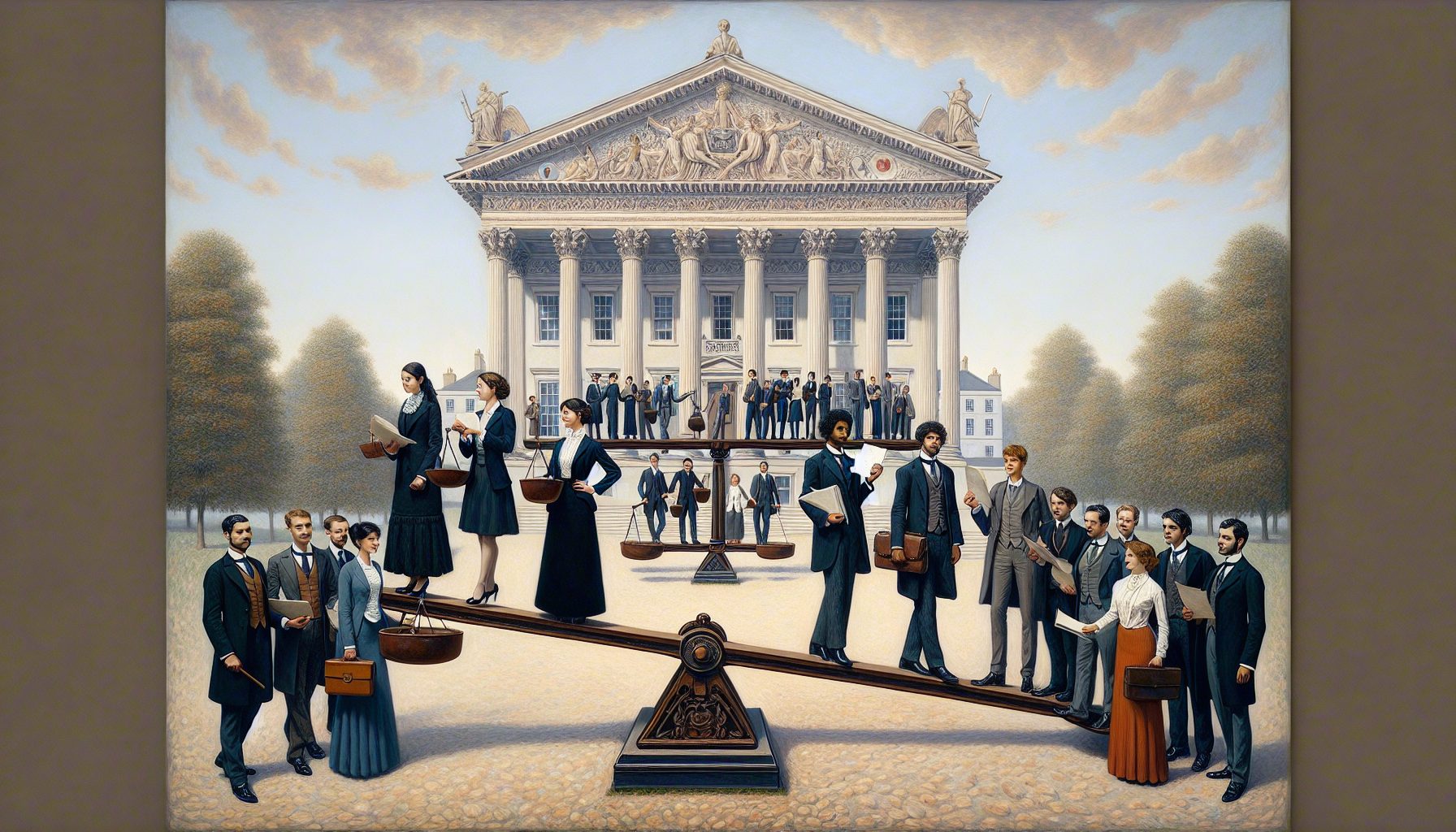The new US Airways formed from the combination of low-cost carrier America West Airlines and the twice-bankrupt US Airways, officially took flight on Sept. 27.
The company will announce its collective financial results Nov. 9.
But while the airline looks like one entity, its information systems remain separate and distinct. For the coming months, the company will keep two Web sites, handle reservations on two systems and run its business applications separately.
US Airways CIO Joe Beery, however, is working to meld these disparate systems. Over the next two to three years, he’ll try to bring the systems together into a single information management platform (America West systems will dominate).
Beery will also diminish the airline’s reliance on Electronic Data Systems, which operated the old US Airways technology systems under a $200 million-a-year contract.
The challenge: Bring the old US Airways costs down to America West levels. America West spent 11.4 cents per seat mile in the second quarter, while US Airways spent 15.3 cents.
“This will be closely watched,” said Doug Abbey, a partner at The Velocity Group, an airline-industry consulting firm. “And the integration is going to take years, not months.”
But Beery has a plan, which includes:
Insourcing Technology Operations:US Airways had outsourced all of its technology operations to EDS in July 2001, keeping about a dozen technology managers on staff to manage the contract. America West, meanwhile, had hired EDS to operate its reservations system, but prefers to keep development of critical applications—such as an airmail-tracking program to comply with new U.S. Postal Service mandates—in-house.
 Southwest Airlines CEO: High tech=low cost. Click here to read more.
Southwest Airlines CEO: High tech=low cost. Click here to read more.
EDS will still provide services to the new US Airways and integrate the company’s two reservation systems, but ultimately its “job is going to get smaller,” Beery said.
The parties won’t comment on the value of EDS’ deal with the merged company.
Beery plans to have a combined staff of about 240 people, the same size that America West had. It is unclear how many EDS workers will remain under contract at the new US Airways since integration plans aren’t set.
Beery’s America West technology staff is meeting with counterparts at EDS to analyze gaps in how they performed their jobs. For the most part, the way EDS organized US Airways’ technology staff mirrors how Beery set up America West’s.
“People are aligned,” said Beery. “That’s convenient.”
Simplify Systems and Processes:What may not be quite as convenient is simplifying and updating US Airways’ technology systems.
The integration of America West and US Airways is a “three-hump camel,” Beery says.
That is, the work falls into three areas: back-office applications, such as human resources, payroll and finance; operations systems, such as crew scheduling and aircraft maintenance; and reservations, the highest-priority system.
Each reservations system currently stores millions of passenger name records for travel booked for today, tomorrow and even three years out, according to Jim Dullum, vice president of U.S. transportation at EDS.
In the next year, US Airways’ passenger name records will be merged into America West’s system. The companies haven’t outlined how they’ll merge back-office, scheduling and maintenance systems.
The low-cost mandate of the new US Airways will simplify the software supporting the business.
For example, US Airways allowed planes to carry hazardous materials while America West didn’t. Hazardous materials are now prohibited— which means the new company won’t have to track that cargo.
The new company also won’t allow unaccompanied minors to make connecting flights, a service US Airways had provided. That means the reservations system doesn’t have to deliver children through multiple handoffs.
 For Pilot Air Freight, the sky is the limit. Click here to read more.
For Pilot Air Freight, the sky is the limit. Click here to read more.
US Airways will also adopt America West’s simpler pricing schemes.
“A lot of the business processes we had were simpler and enabled us to run at a lower cost,” Beery said.
Invest:Another chore for Beery will be upgrading infrastructure. US Airways had stopped upgrading personal computers and local-area networks at its airport terminals while in Chapter 11 bankruptcy protection, said Beery. America West, meanwhile, upgraded its field computers and self-service kiosks last year.
And since US Airways was in bankruptcy proceedings twice—from August 2002 to March 2003, and again from September 2004 to September 2005—customer-facing technology such as desktop PCs needs to be replaced.
“I don’t think things are falling apart, but a byproduct of bankruptcy is there wasn’t enough investment,” said Beery. “We have to catch up with renovation in the field.”








